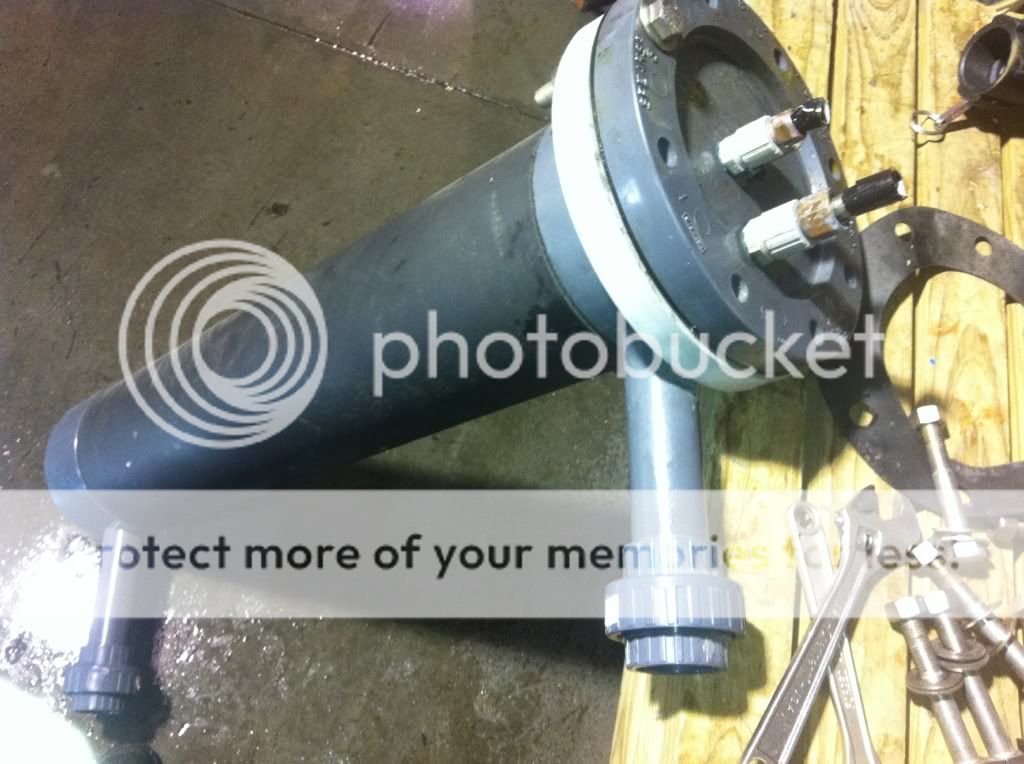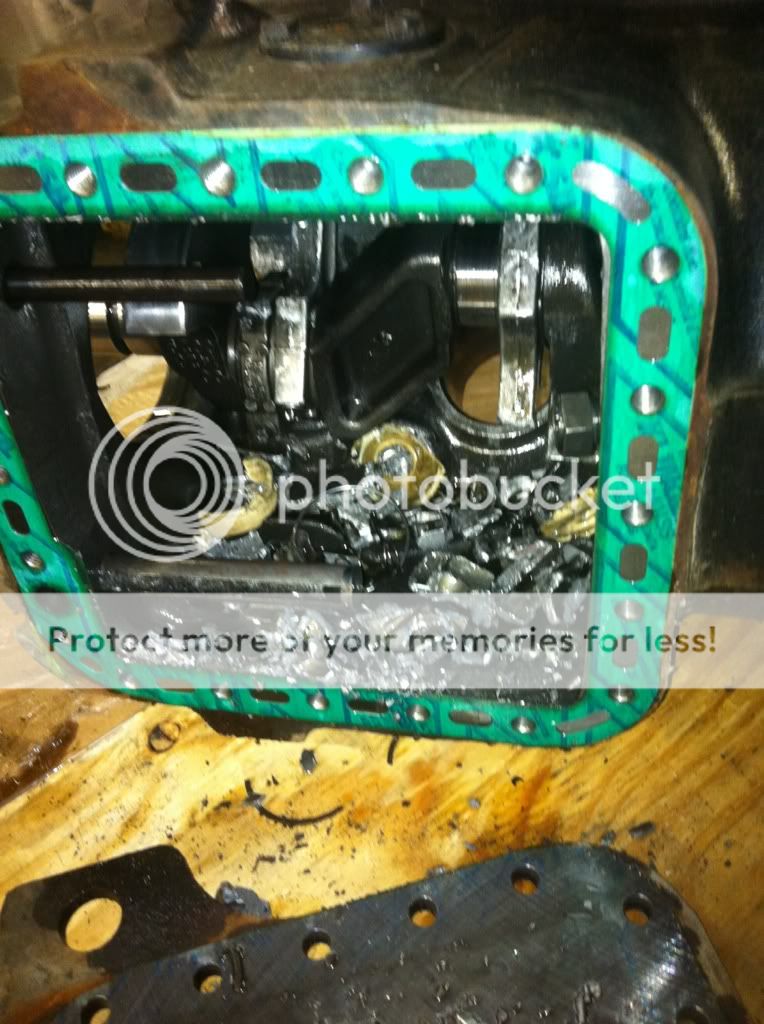Overtriped
New member
Okay, here it goes. I've seen a couple ideas floating
Around- can you use your A/C compressor to cool you charge?
From what I've seen people have the wrong way of going
About it and conclude that it is impossible. I believe otherwise being a refrigeration tech, working on industrial equipment every day. My idea is a simple one using today's existing
Technology. A few questions I have is what are our compressors rated (in HP?) could weuse a larger compressor? How much HP is being used to turn the compressor? Can we overcome the power lost with the colder inlet temp and extra weight of the copper pipes, fans, chiller, and Condenser?
Secondly you need an ATW Intercooler to make this work. ( I also have an ATA idea as well.)
This is a chiller barrel, how it works is there is a thermal expansion valve prior to the inlet ( small titanium pipe sticking out) water/glycol- or in our case engine coolant goes into one side of the PVC barrel, heat is evaporated and the cooled liquid comes out the other side and then travels to the ATW IC. This would help eliminate heat soak. By moving the heat from the engine coolant to the refrigerant. You can't get rid of energy - but you can move it around.


 what you see here is I took the barrel apart, there is an inlet(liquid line) and an outlet (suction line) for the refrigerant there is also a place to put your thermostat.
what you see here is I took the barrel apart, there is an inlet(liquid line) and an outlet (suction line) for the refrigerant there is also a place to put your thermostat.
The other part has an inlet/outlet for your coolant. That's a brief summary. Questions comments are welcome.
Around- can you use your A/C compressor to cool you charge?
From what I've seen people have the wrong way of going
About it and conclude that it is impossible. I believe otherwise being a refrigeration tech, working on industrial equipment every day. My idea is a simple one using today's existing
Technology. A few questions I have is what are our compressors rated (in HP?) could weuse a larger compressor? How much HP is being used to turn the compressor? Can we overcome the power lost with the colder inlet temp and extra weight of the copper pipes, fans, chiller, and Condenser?
Secondly you need an ATW Intercooler to make this work. ( I also have an ATA idea as well.)
This is a chiller barrel, how it works is there is a thermal expansion valve prior to the inlet ( small titanium pipe sticking out) water/glycol- or in our case engine coolant goes into one side of the PVC barrel, heat is evaporated and the cooled liquid comes out the other side and then travels to the ATW IC. This would help eliminate heat soak. By moving the heat from the engine coolant to the refrigerant. You can't get rid of energy - but you can move it around.



The other part has an inlet/outlet for your coolant. That's a brief summary. Questions comments are welcome.


